The Aurora Borealis or Northern Lights are one of the most spectacular natural sights in the world. Knowing when the best time to see the Northern Lights is key to giving yourself the best chance of success at seeing the aurora on your trip. Here’s what you need to know.
When is The Best Time to See The Northern Lights?
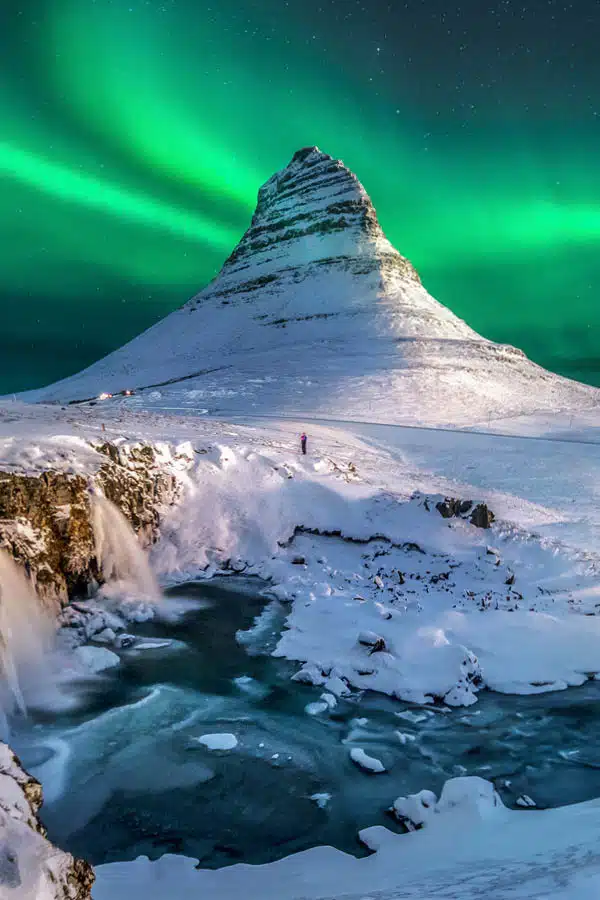
Generally, the best time to see the Northern Lights is between September and April when the long hours of darkness mean plenty of opportunity for seeing the aurora.
The Northern Lights occur throughout the year. However, during May, June, July and August the sun doesn’t dip far enough below the horizon for the skies to be dark enough to see the aurora.
As the Northern Lights are invisible during daylight, the rule of thumb is that the longer the sky is dark, the better the chance you have of seeing them.
Seeing as you need darkness to see the aurora, trying to time your visit to coincide with a new moon is also a good idea.
PS: Want to delve into how to plan a Northern Lights Trip? Watch this video!
What Are The Northern Lights?
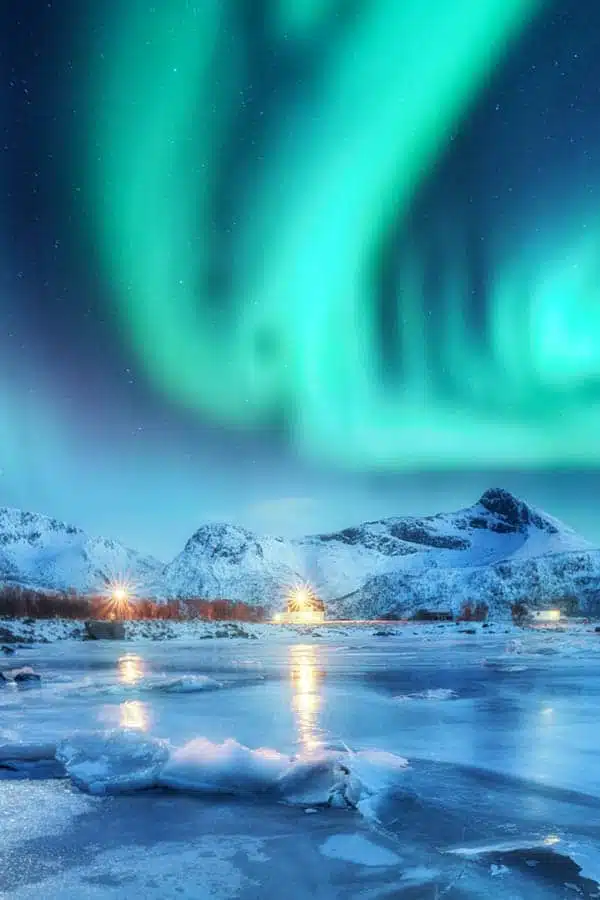
The Northern Lights are on most people’s travel bucket lists.
But what are they?
The Northern Lights – also known as the Aurora Borealis – are natural light displays that are caused by particles hitting the earth’s magnetic field and atmosphere and reacting with the oxygen and nitrogen within it.
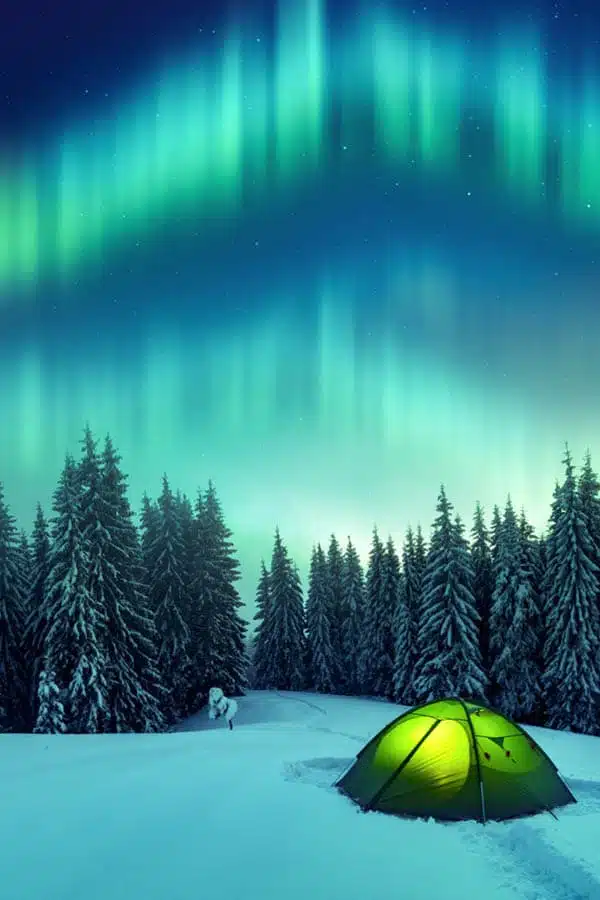
To answer the question “what are the Northern Lights” in more detail, here’s a step-by-step explanation.
- Solar Wind: The sun emits a continuous stream of charged particles called the solar wind – these are mostly electrons and protons hurled out by solar flares on the sun’s surface.
- Magnetosphere Interaction: When these particles approach Earth, a large number of them are deflected by our magnetic field, but some of them are trapped by the field which directs them to the polar regions.
- Atmospheric Interaction: As the particles descend into the Earth’s atmosphere, they collide with atoms and molecules such as oxygen and nitrogen.
- Photo Emission: These collisions cause the atoms and molecules to release energy in the form of light. These light particles are called photons.
Different gases in the atmosphere emit different colours – for example, Oxygen emits red light at some altitudes, green at others. Nitrogen produces blue or purplish-red light.
So now you know what causes the Northern Lights, I bet your next question is why do the Northern Lights vary so much?
The answer lies in the level of solar activity. The lights are more visible during times of high solar activity, such as during solar flares or storms.
Is There Anything Else I Need to Consider When Looking at the Best Time to See the Northern Lights?
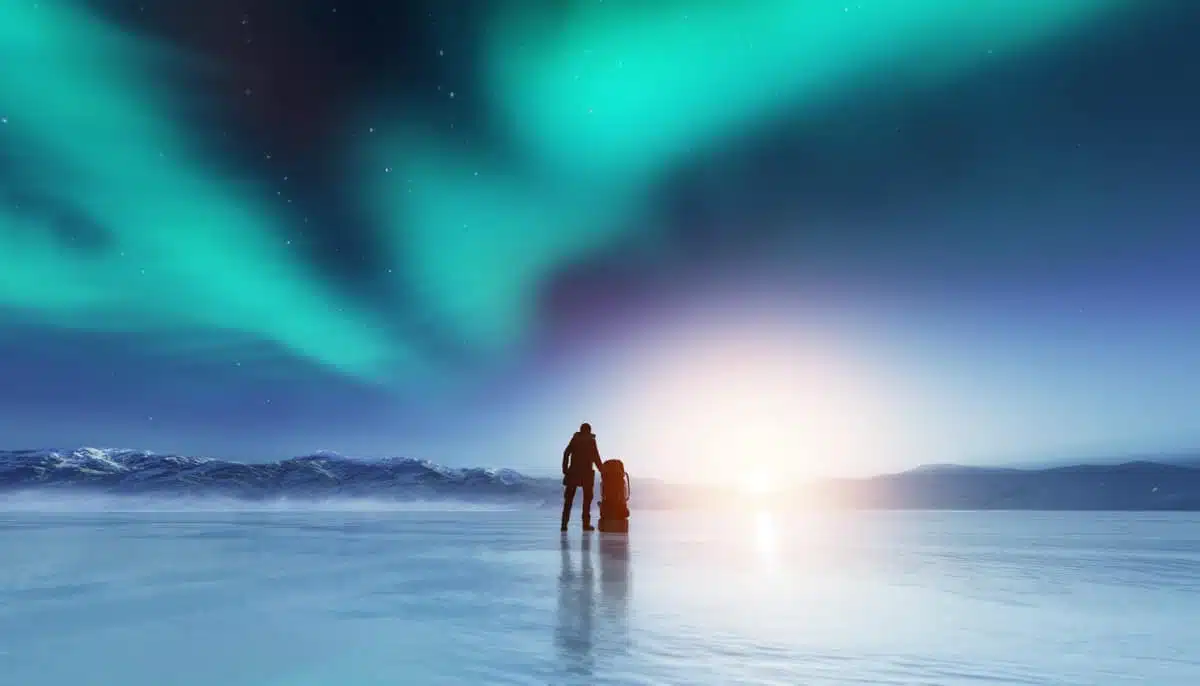
Yes, lots. Some years are better for aurora activity than others.
As I mentioned above, as the aurora borealis is dependent on solar activity, when there is a lot of solar activity, the Northern Lights are more frequent and displays are more intense.
I will cover several other factors that influence the likelihood of seeing the Northern Lights below.
The Equinoxes
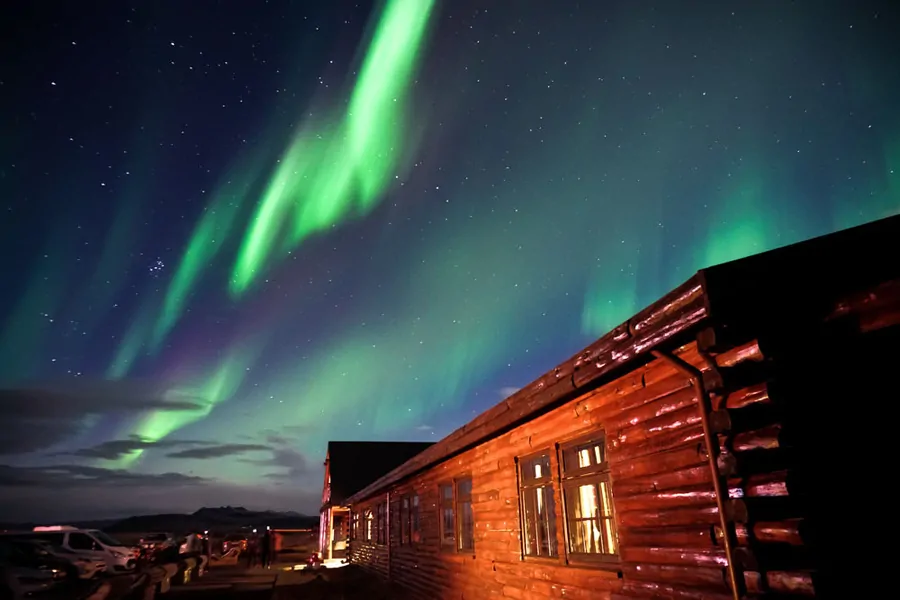
While you could assume that the winter months would be the best time to see the Northern Lights, there’s reasonable evidence to show that the Vernal and Autumnal Equinoxes (around March 20th and September 22nd respectively) are actually a very good time to see them.
I’ve timed not one, but two of my own Northern Lights viewing trips (to Iceland and Rovaniemi in Finland respectively) around the two equinoxes and had stunning displays of the aurora during both of them.
Increased Geomagnetic Activity
There’s increased geomagnetic activity during the equinoxes. It gets quite technical, but the orientation of the Earth’s magnetic field relative to the Interplanetary Magnetic Field (IMF) which is carried by solar wind, plays a role in this phenomenon.
The Earth’s geomagnetic field is well positioned to connect with the IMF, which results in more geomagnetic storms as more solar wind particles interact with the magnetosphere.
Warmer Nights
The weather is certainly warmer during the Equinoxes than in the middle of winter, so a Northern Lights viewing trip is more pleasant.
On the downside, you’ll need to stay up later for your chance to see them, as the daylight hours are longer.
The Chance of Seeing the Northern Lights Reflected in Water
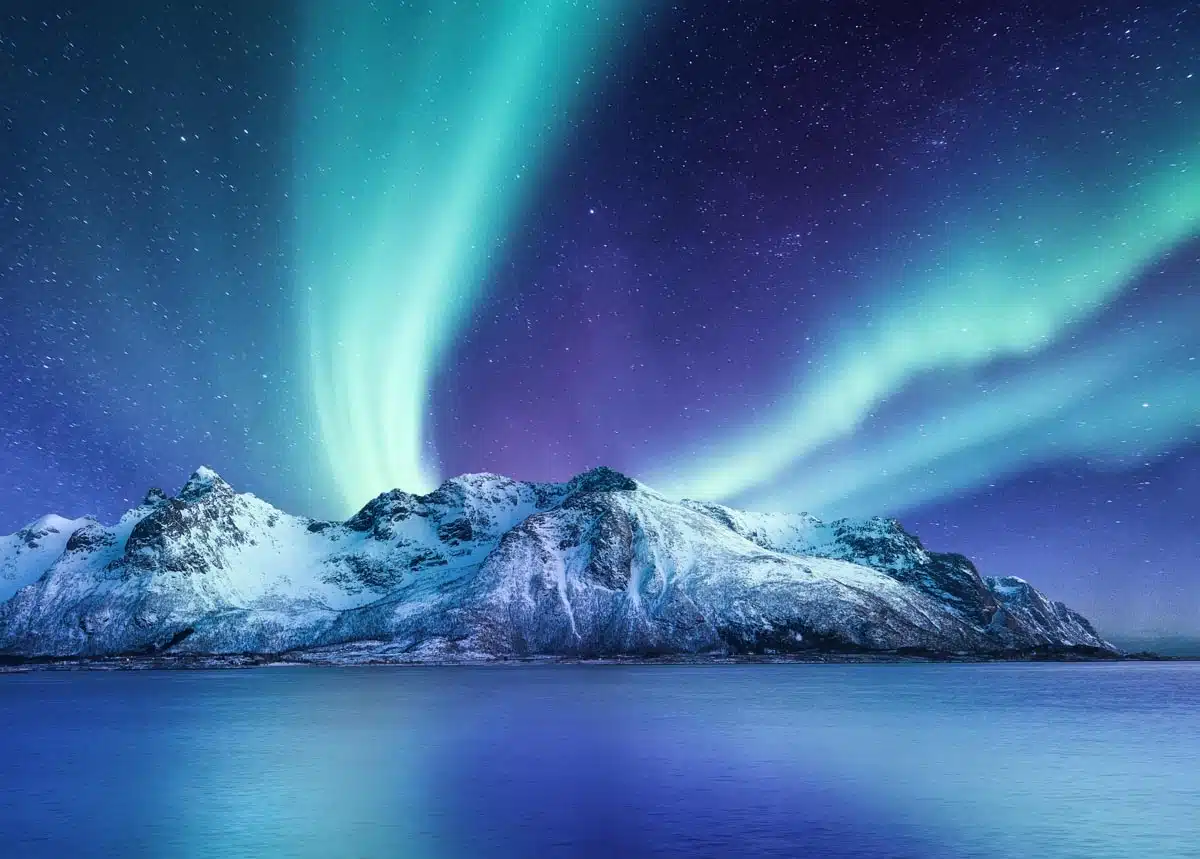
Another benefit of travelling to see the Northern Lights during the warmer months is an increased chance of seeing the lights reflected on the surface of a large body of water.
The water generally freezes in the best Aurora viewing regions by the time you reach November.
Cloud Cover
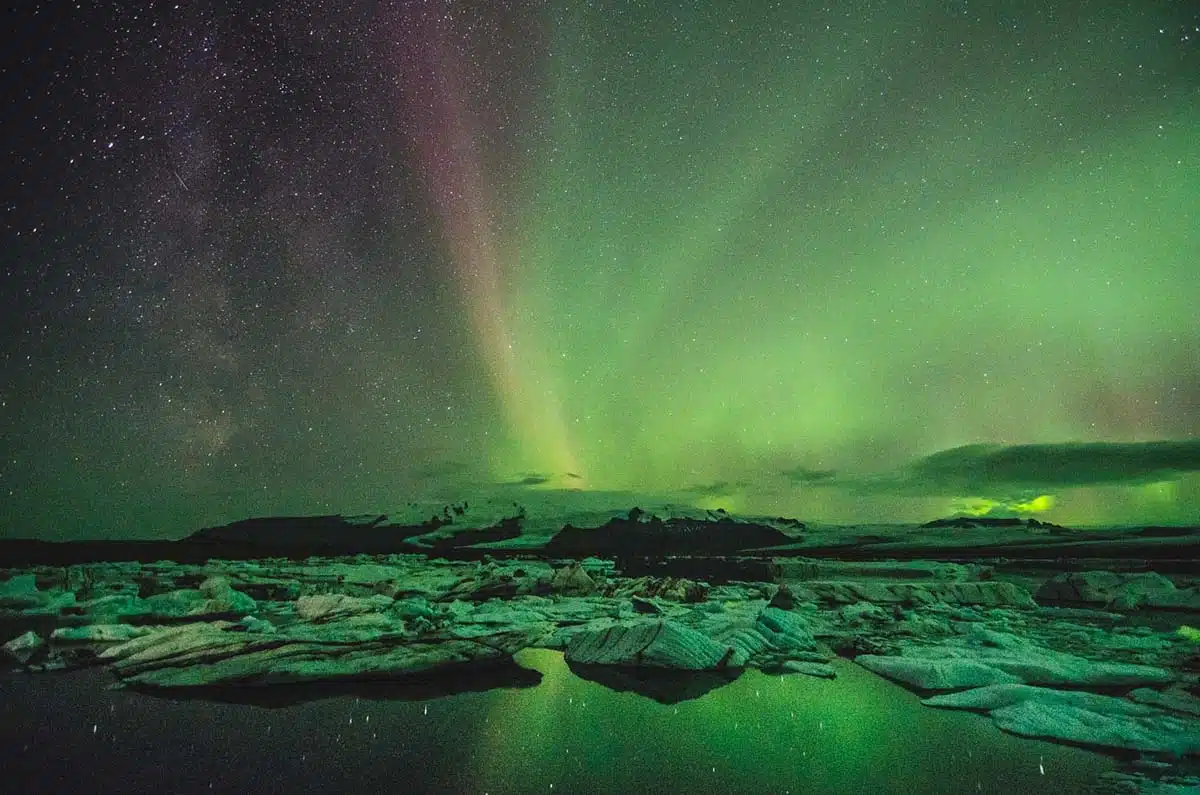
Some cloud cover can add interest to the sky when you’re viewing or photographing the Northern Lights but too much will block you from seeing the lights
It’s easier to see the aurora when there are fewer clouds hiding it, but trying to predict which months are likely to be less cloudy is a risky business.
Some say that there are fewer clouds after the winter snows have fallen (generally March and April), and others to avoid autumn as Northern hemisphere autumns are cloudier, but it’s not worth planning the timing of your whole trip on this basis as it is just too uncertain.
The sun goes through an activity cycle, which takes roughly 11 years to complete – each 11 years, it reaches the Solar Maximum point, which is when solar activity is at its highest.
Similarly, it will also reach the Solar Minimum, when the solar activity is at its lowest every 11 years as part of the cycle.
When Was the Last Solar Maximum? Can I See the Northern Lights This Year?
The last Solar Maximum was in 2014. The good news is that the next solar maximum is set for 2025 – so not that far away.
We tend to see strong displays of aurora borealis for two to three years before the Solar Maximum and after the Solar Maximum.
As such 2023 and 2024 are set to be great years for seeing the Northern Lights, as should 2025, 2026 and 2027. Wahoo!
Now I Know What to Consider For The Best Time to See the Northern Lights, When Should I Plan My Trip?
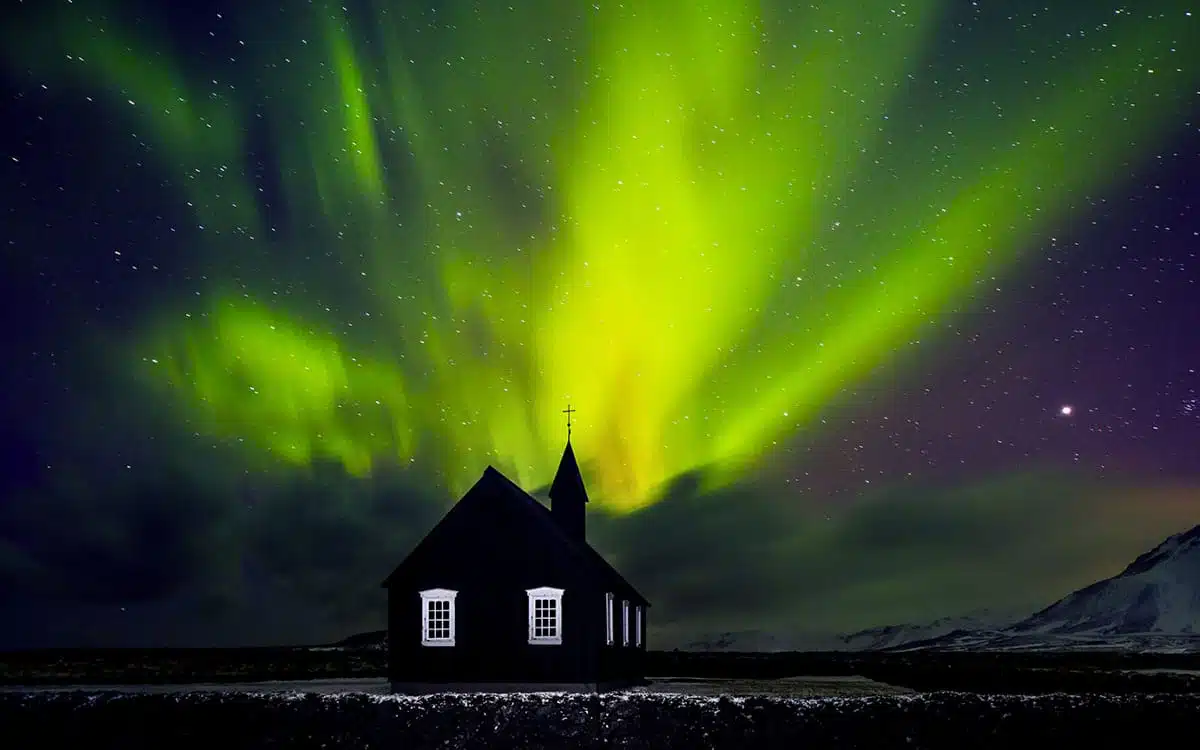
Late September and March around the equinoxes are a good time to go as you have enough daylight hours to go and do other things too.
As a sighting of the Northern Lights isn’t guaranteed, and is always a matter of luck and weather, planning your trip solely to revolve around them can lead to disappointment.
The equinoxes mean that there’s a relatively good chance of seeing the Aurora if it’s not too cloudy – aurora activity can be better in Spring and Autumn than in mid-winter, though this is not a rule.
There are so many factors at play in determining when the best time to see the Northern Lights is.
The key factor is darkness so plan for darker months and during a new moon. Plus allow a number of nights to try and see the lights to give yourself the best chance.
What Time of Day is the Best to See the Northern Lights?
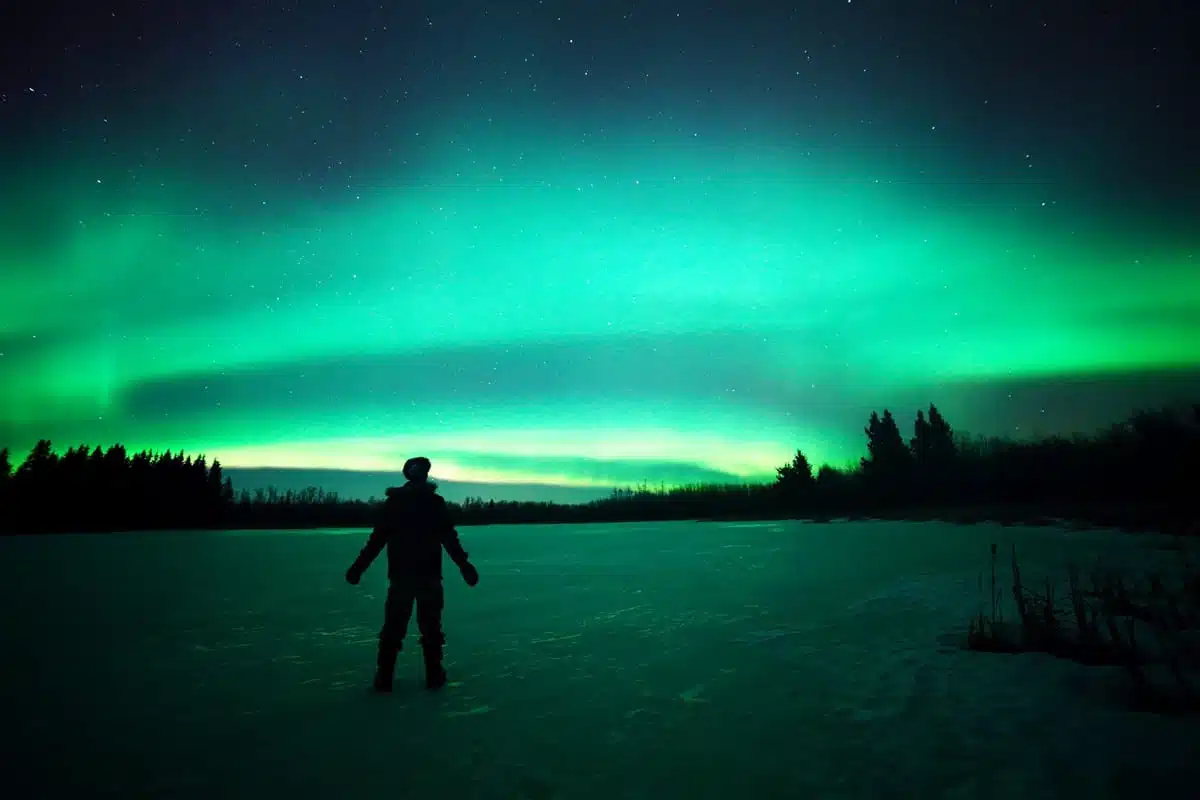
The general hour is any time when the sky is dark. But between 9pm and 2am is prime viewing time and when most viewing expeditions go out.
Where’s The Best Place to See The Northern Lights?
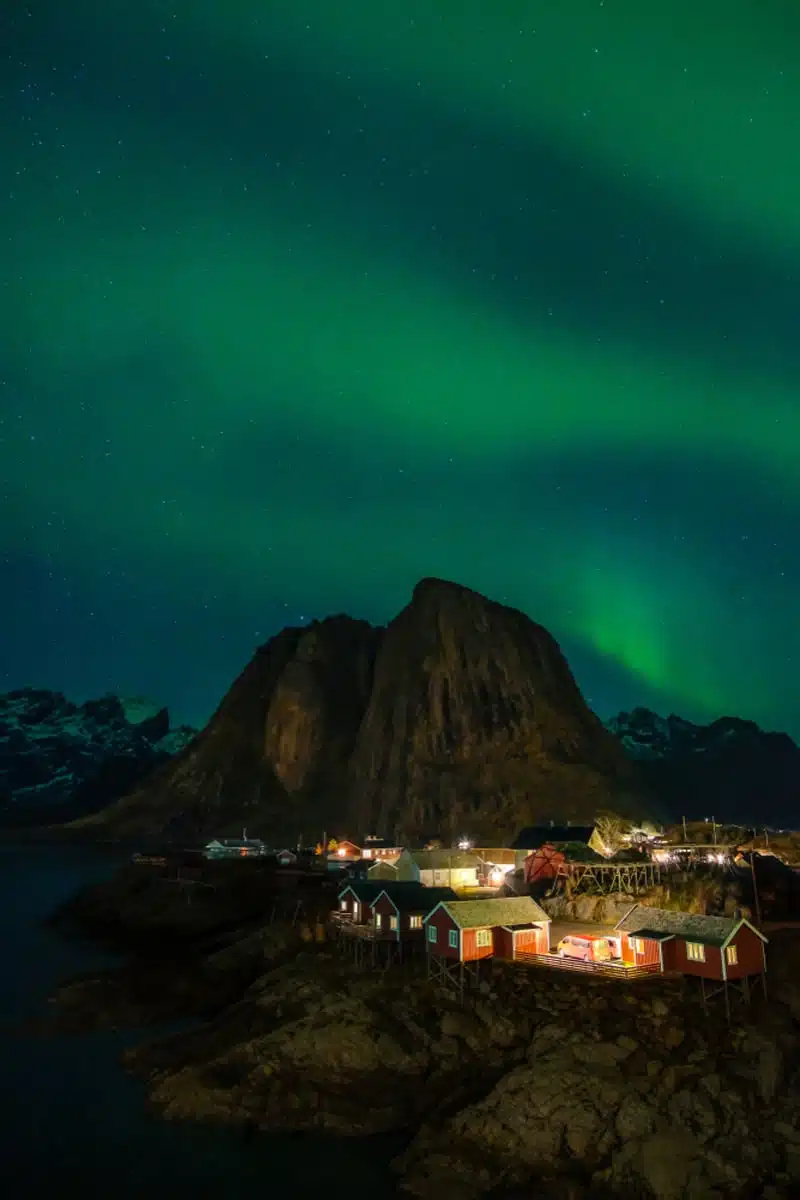
Iceland is the best place to see the Northern Lights from the UK as it’s the most affordable and convenient of the destinations mentioned to reach, though Tromso in Norway is another very popular destination.
In addition to this, it’s easy to set off independently to see the Northern Lights (although there are plenty of tours too) so you’re not tied to going on a group tour.
You need to distance yourself from artificial lights – so wherever you travel to for your Northern Lights trip, you should aim to head out of the city and into the countryside as far away from light pollution as possible.
Iceland
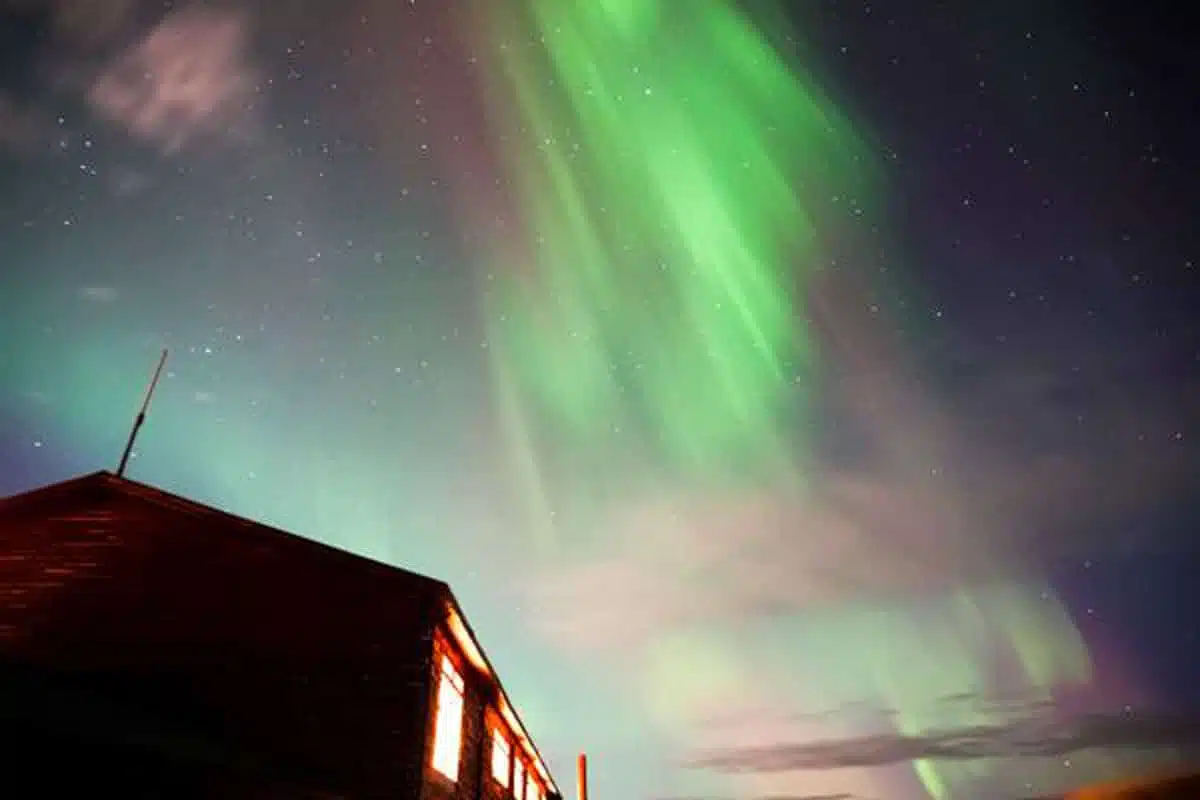
Iceland is a great destination for seeing the Northern Lights. It’s easy to access from the UK and offers lots of options for your aurora viewing trip.
Venture outside of the capital Reykjavik for the best viewing opportunities.
Finland
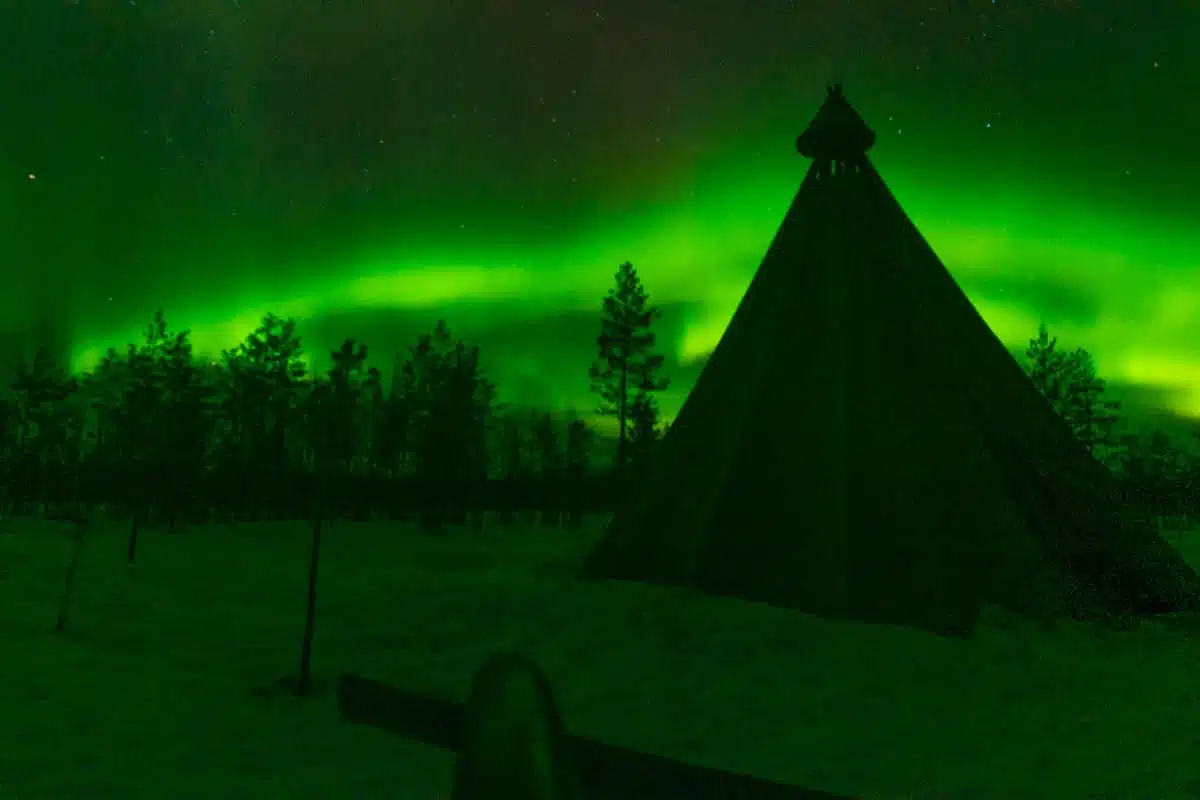
The Finnish Lapland region in particular has some great viewing opportunities with many tours operating there, so you can easily combine seeing the Northern Lights on your trip.
Head into Finland’s Arctic Circle for great aurora-spotting opportunities, combined with other winter activities such as husky-sledding. Even better, book into a stunning Northern Lights hotel in Finland for an all-out experience.
Norway
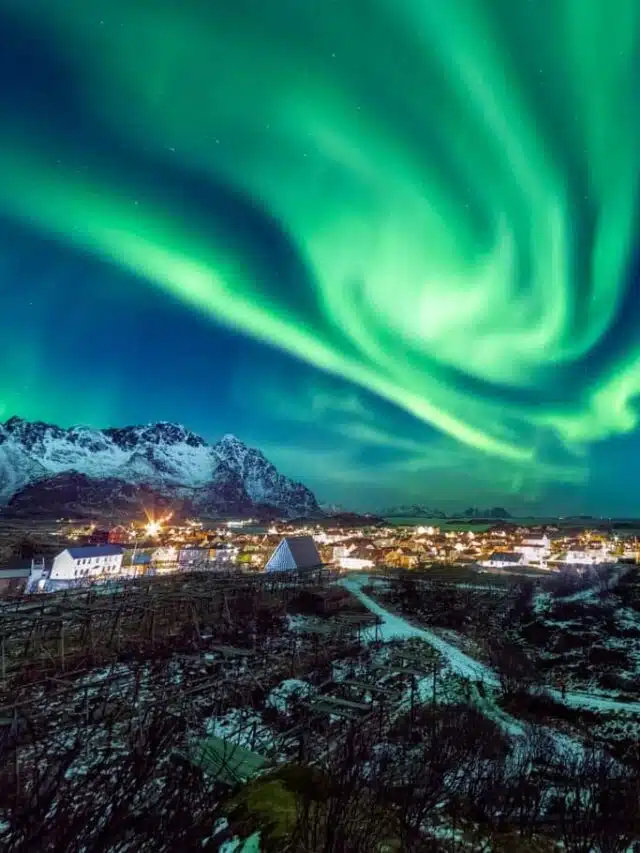
The north of Norway is a spectacular location for seeing the Northern Lights, in particular Tromso and Alta which are both pretty accessible from the UK.
Travel in autumn, winter or early spring when the weather is most likely to be clear and it’s dark for most of the day.
The low population density means there’s little light pollution for even better chances of seeing the lights.
Tromso is a 3.5 hour flight from the UK and offers great aurora-spotting opportunities throughout the darker months.
Sweden
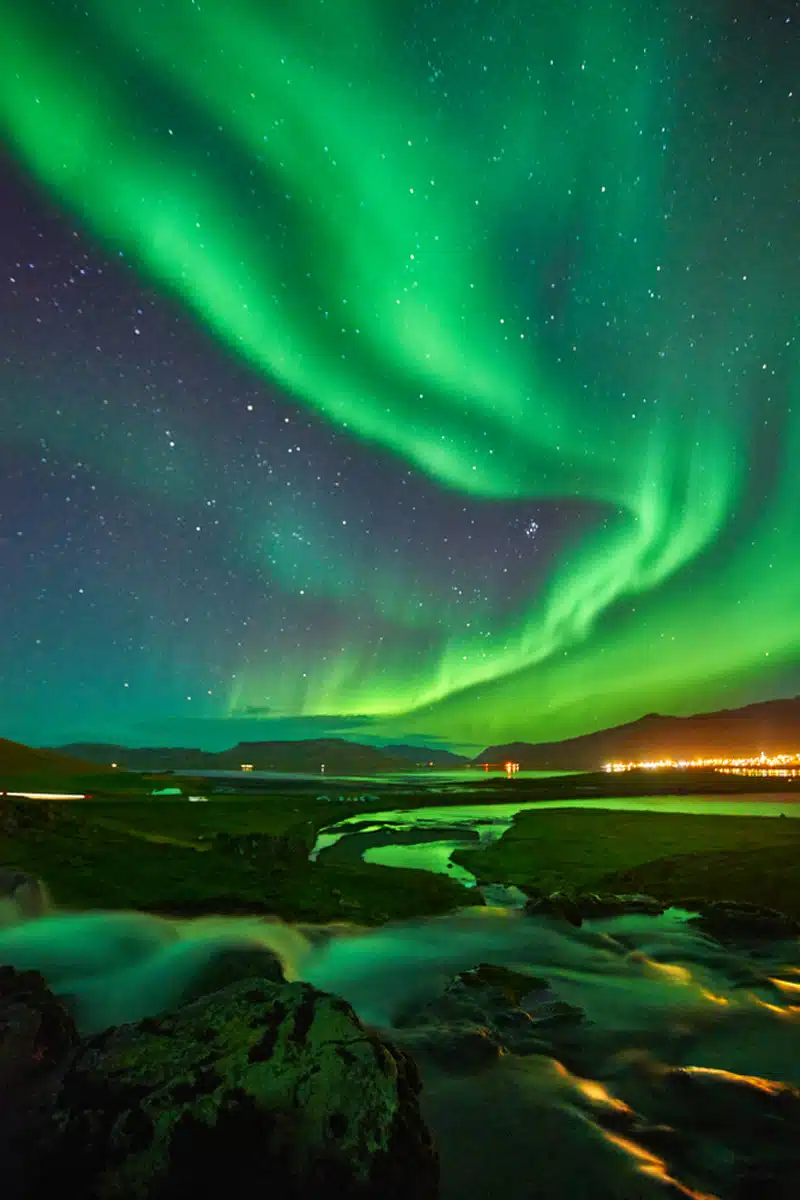
Swedish Lapland is a great place to see the Northern Lights. Abisko, in the Arctic Circle is reputed to be the best aurora-watching spot in the world.
This is thanks to its special microclimate which means it has less precipitation than other aurora-spotting destinations. Kiruna, Jukkasjärvi and Luleå are also good spots to head to.
Greenland
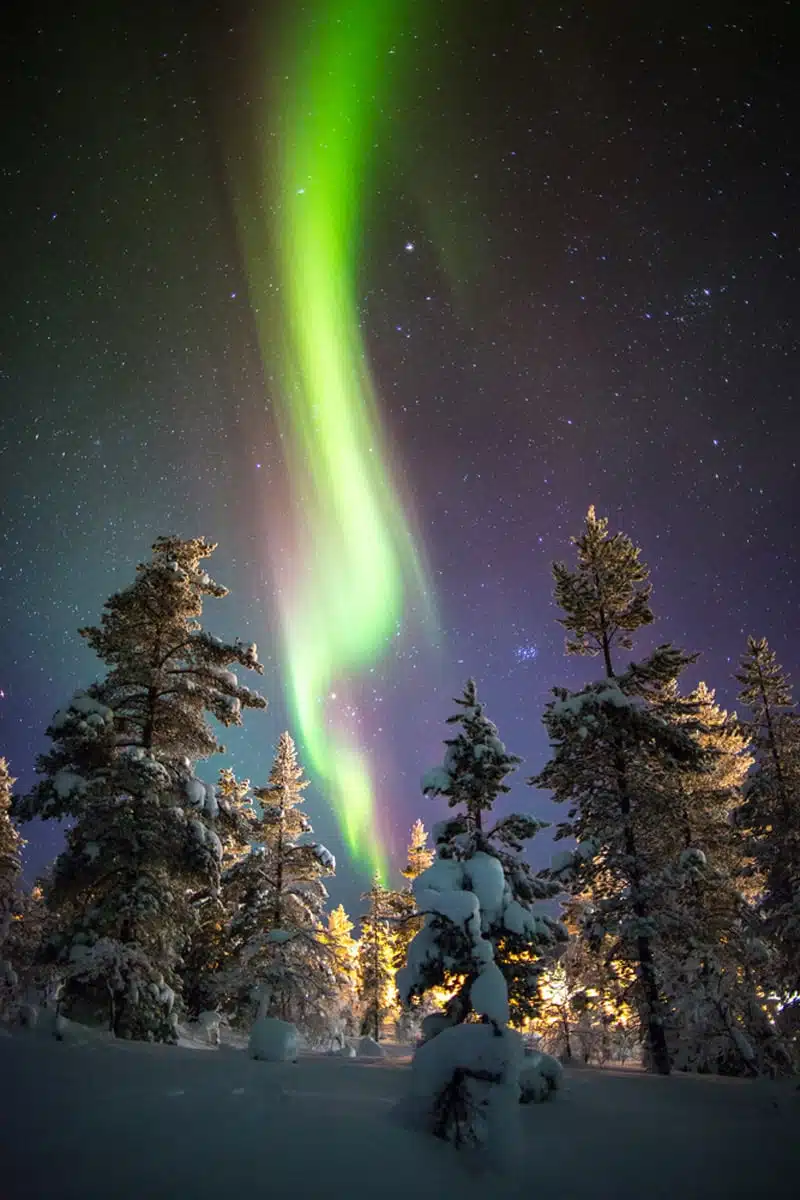
Greenland may be a long way but it’s up there with the best places for Northern Lights viewing. It’s difficult to get to, but well worth it.
It’s especially good in autumn and winter when there are more hours of darkness, plus less light pollution compared to other regions.
However, outside of the capital, Nuuk and other cities, Greenland can be difficult to access in the winter months.
With its small size, Nuuk emits lower levels of light pollution than other cities, and displays over the city are frequent.
Otherwise, travel in September and March, when you can access more of the country.
Alaska
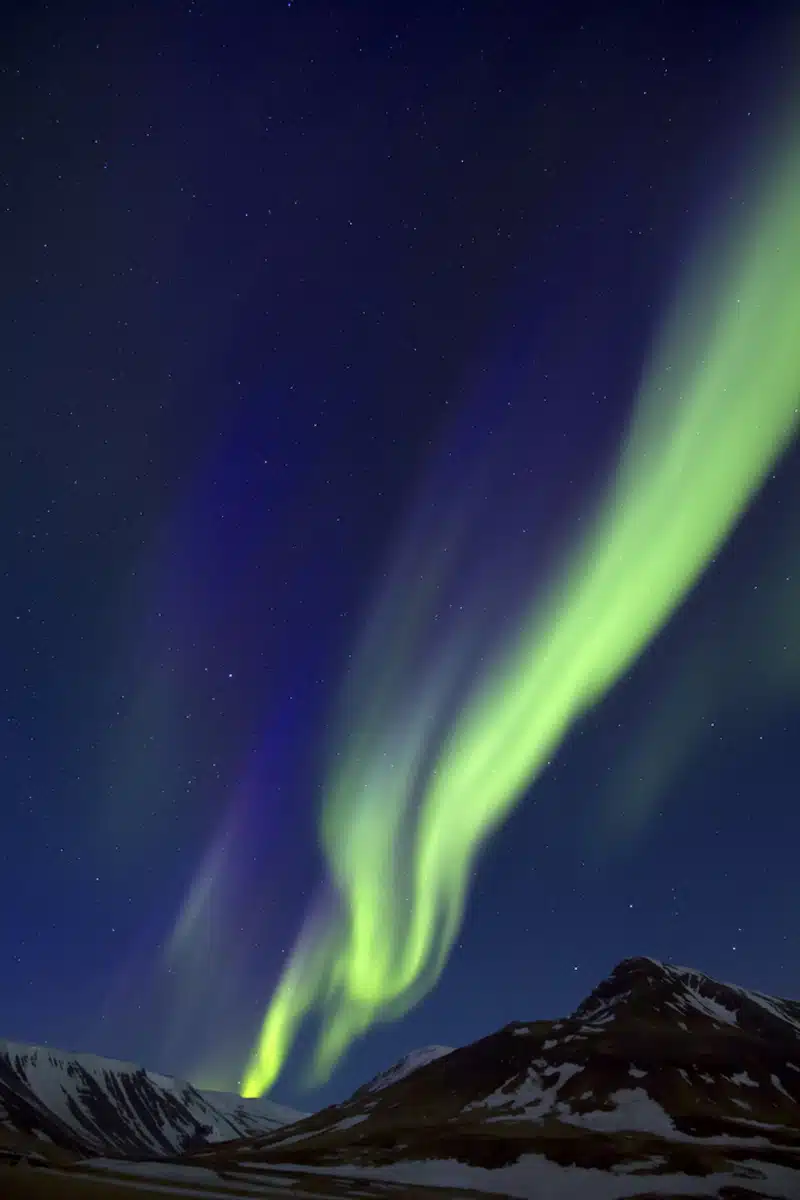
Alaska’s vast wilderness is perfect for seeing the Northern Lights. Head into the Arctic Circle for the best chances of spotting the phenomena.
Canada
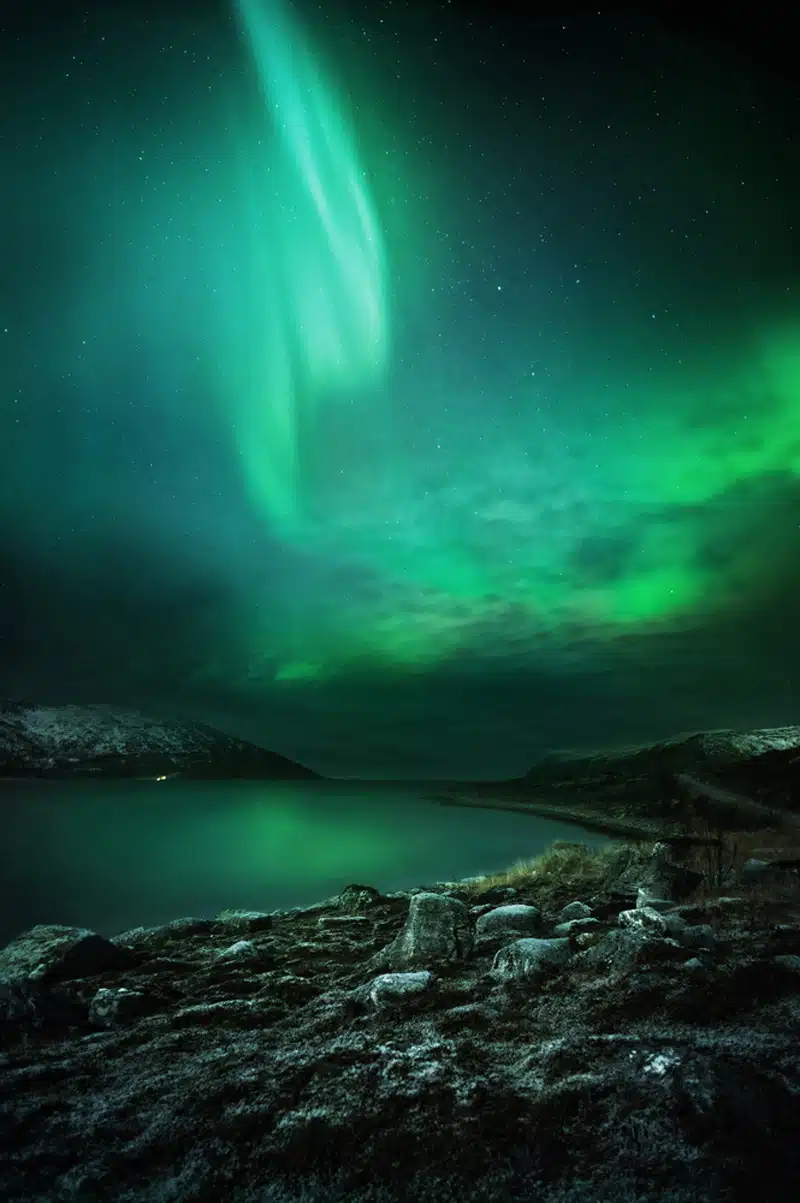
If you’re feeling the need to travel further afield and like the idea of seeing some Northern Lights in North America, then Canada is a good option
Canada offers the opportunity to see the Northern Lights in as wild a setting as you please. The Yukon and Alberta are the best regions to go to.
I Don’t Want To Go Out Into The Cold. Can I See the Northern Lights Indoors?
Sure you can. There are lots of hotels offering indoor Northern Light viewing opportunities from the comfort of a warm room.
You can also tune into these livecams from your computer – it’s not the same but pretty entrancing nonetheless.
Love this? Save and share on Pinterest…
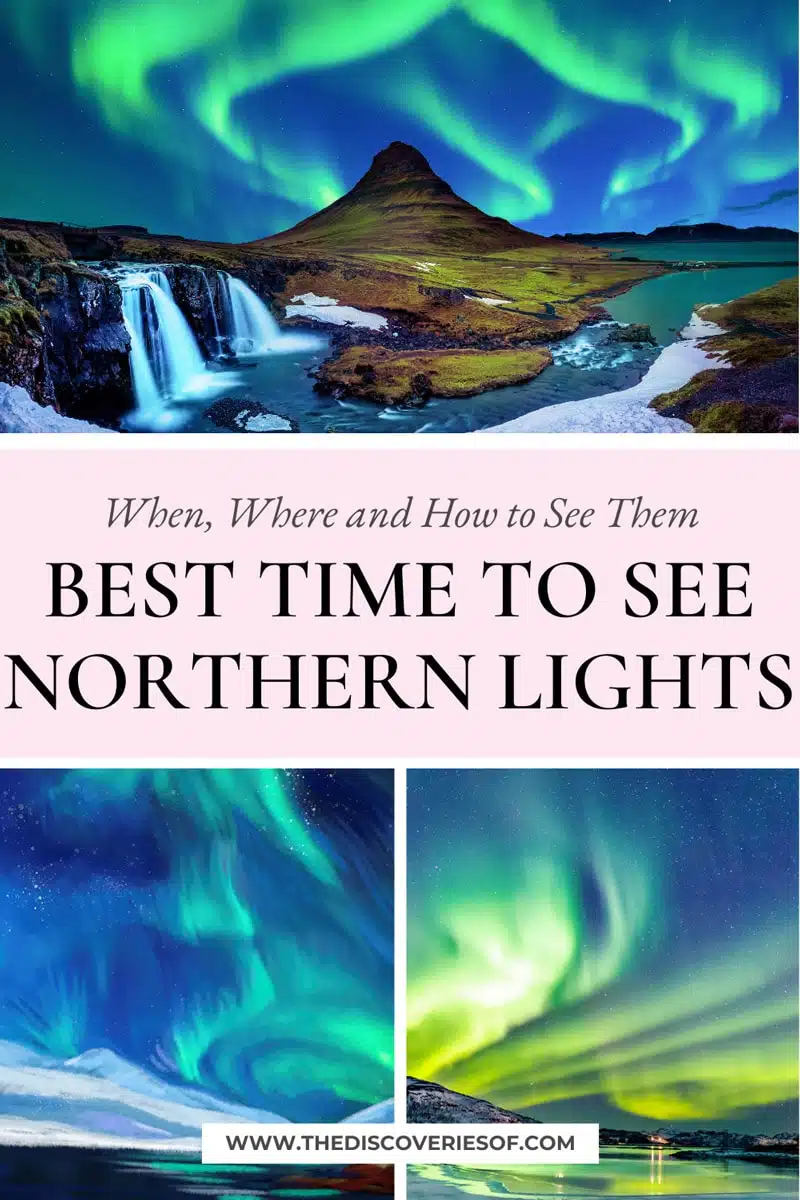
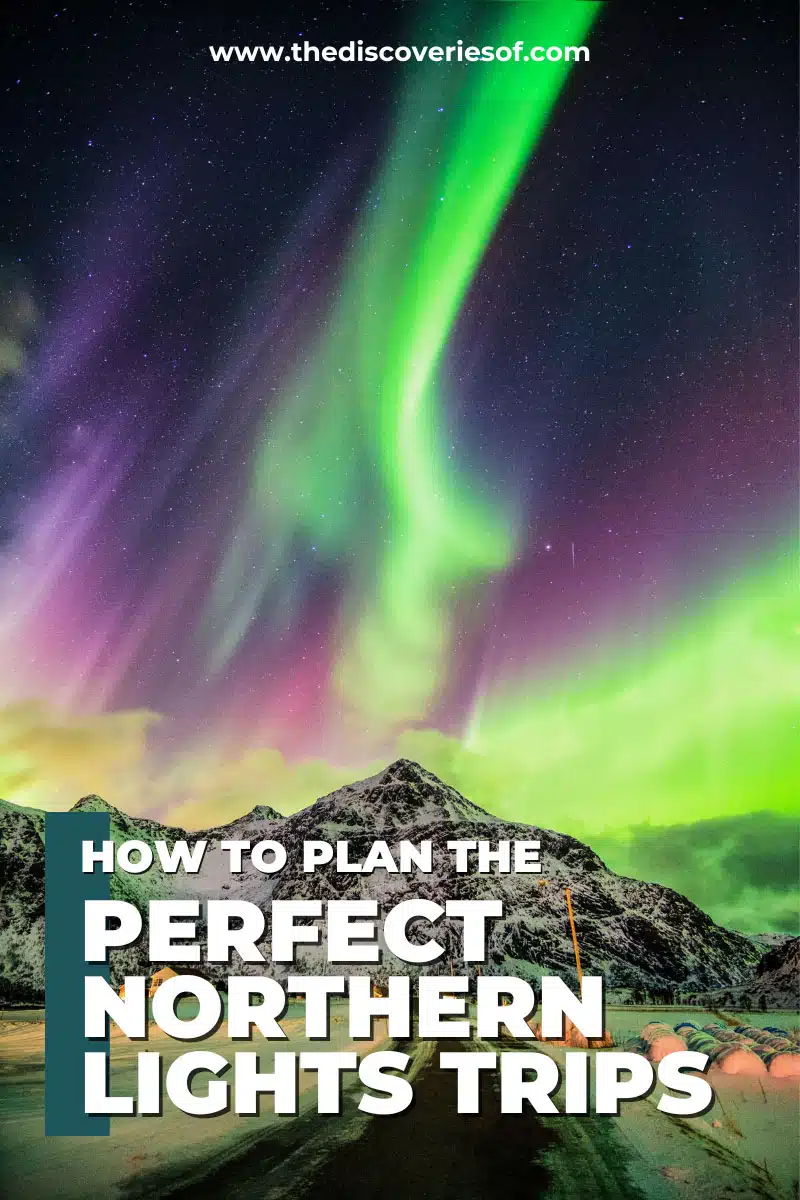
Discover More Northern Lights Destinations and Guides
- The Best Time to See the Northern Lights in Iceland
- How to Plan a Northern-Lights Spotting Trip in Finland
- Seeing the Northern Lights in Norway: An Insider’s Guide
- Planning a Northern Lights Adventure in Sweden
- Stunning Hotels in Iceland for Seeing the Northern Lights
- Jaw-Dropping Northern Lights Hotels in Norway
- Where to Stay in Finland to see the Northern Lights

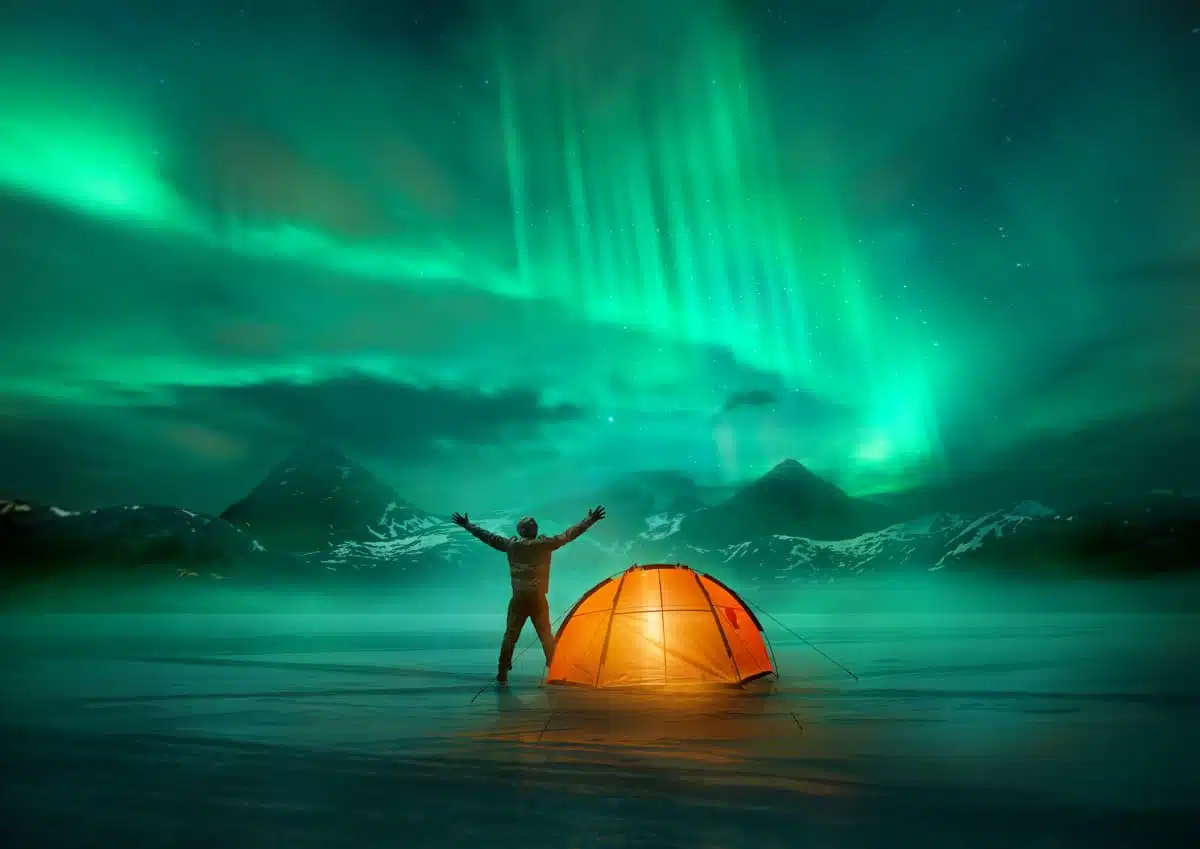
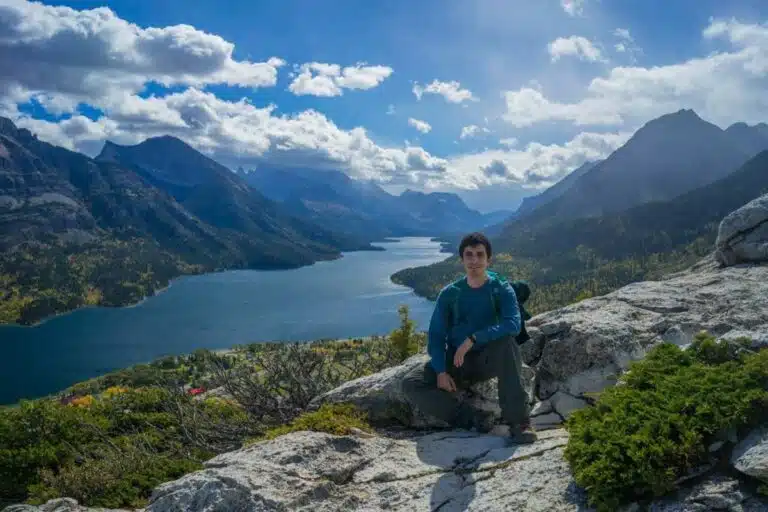
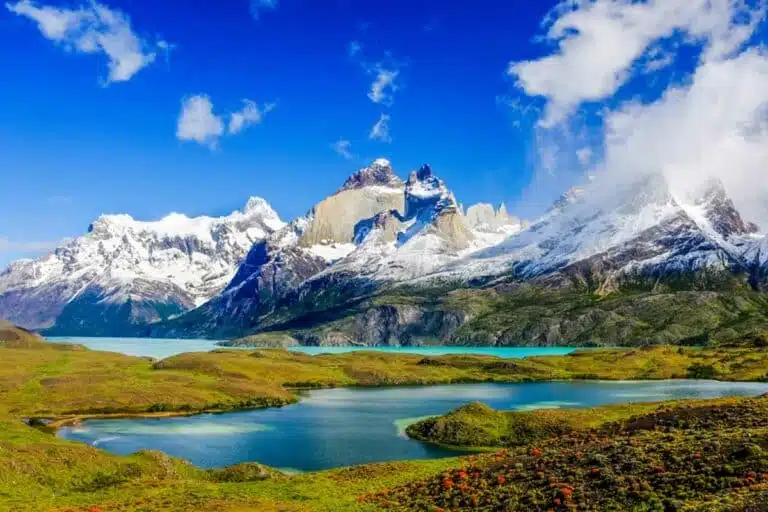
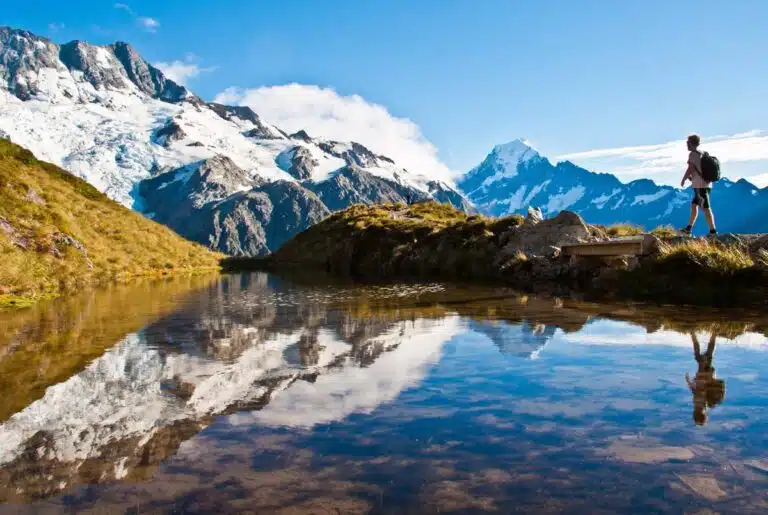

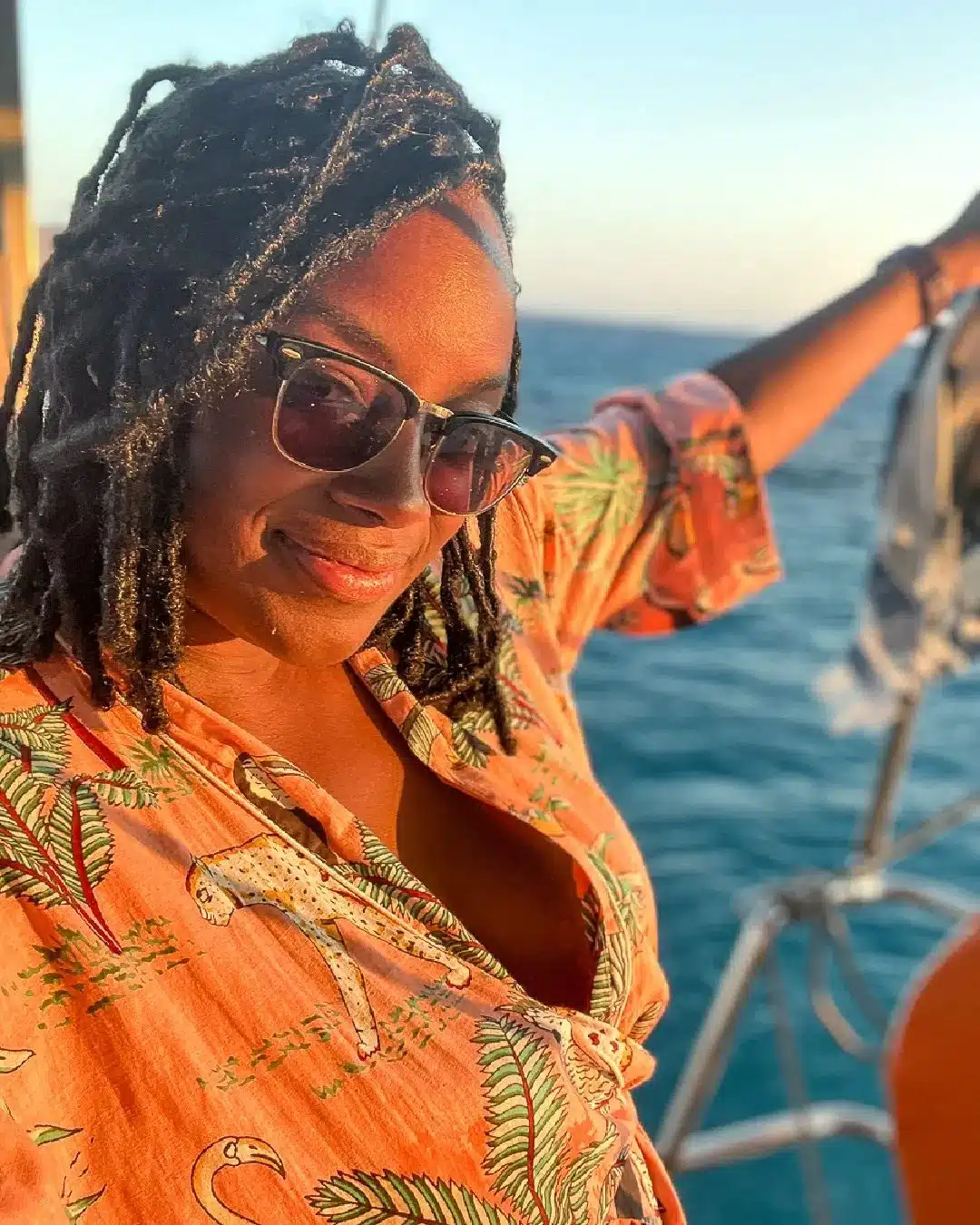
Great Post! I haven’t seen them yet but sure is on my bucket list!
This is a great guide! Definitely something that’s on my wishlist (I’d been thinking Norway, since it’s on my travel list anyway, but perhaps being swayed towards Sweden now!), so I’ll be keeping this handy! 🙂
Great post, its a question that gets asked a lot in travel groups on social media. There’s lots of chances to see the NL in the UK too, especially around where I live in Northumberland (designated dark spot) and northern Scotland :). You can sign up to the Aurora watch and get alerts for when there is likely to be activity: https://aurorawatch.lancs.ac.uk
I sat on the fence about including the UK for quite a while. I have the aurora app (which is managed by the guys at Lancs) but every time I’ve organised a trip around going to see them in the UK it hasn’t quite happened. We’re that bit further south that it’s even more unpredictable than in the spots I’ve mentioned .. wonderful if you chance on them, but wouldn’t recommend basing a trip on it.
Great post! Seeing the Northern Lights have been on my bucket list for a while and I found lots of useful information in this post.
Great post, I have wanted to go to Iceland for years. Last year I had a few friends head over to Iceland to see them, however only one of them managed to see them. They went for an impromptu walk their first night there and saw them, they didn’t have their camera with them, just there phone. So still got some photos. They went on tours and walks the next few nights and where unsuccessful.
I basically didn’t know anything about the Northern Lights.
This post taught me a lot about them!
Amazing photos, too!
So glad to hear – hope you get a chance to see them one day.
It’s such a shame that they didn’t see them – they normally recommend leaving at least 5 nights for the best chance but that can be really difficult to fit in. Wishing them better luck next time.
Thanks – glad that you enjoyed!
Thank you – I’m so glad to hear that. Hope you get to go soon!
Thank you 🙂 Hope its something you get to see soon!
Great post! I remember when I was preparing for my trip to Alaska and I had no idea where to start when it came to seeing the Northern Lights. Like you said, there is so much to consider and it is never never guranteed. I saw them briefly on my flight to Alaska but despite going out every night at the “right places”, I didn’t see them again because it was too overcast.